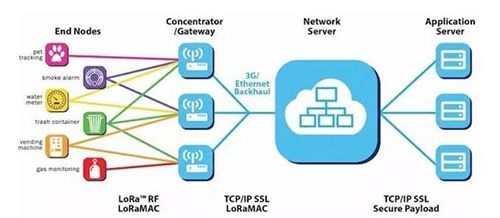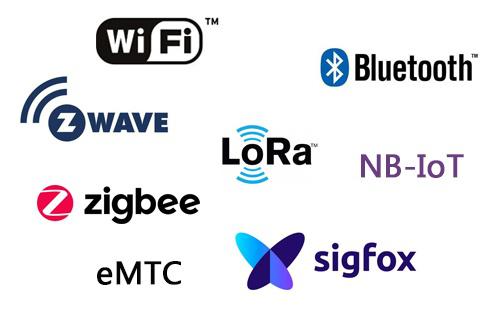

 咨询热线 15388025079
咨询热线 15388025079 时间:2022-03-13 13:54:59 浏览量:732
From LoRaWAN to LoRaLAN
LoRaWAN is a typical representative of LPWA networks. It uses a spread spectrum modulation technology called LoRa, which is characterized by a very high link budget and can achieve up to 10 kilometers of coverage through a single gateway.

Low power consumption and wide coverage are the main features of LoRaWAN technology. At the same time, the LoRaWAN industry chain is very mature. From chips, modules, to gateways and cloud services, there are quite a lot of manufacturers, agents and integrators providing services. Professional products and services. This enables LoRaWAN to quickly form network coverage at low cost. This is the key to the popularity of LoRaWAN. "Fast" reflects the fast-paced development of information technology in today's society, and "low cost" is particularly important for cost-sensitive early-stage projects, especially proof-of-concept projects.
Another feature of LoRaWAN is that the protocol is open. Open protocols promote the germination of industrial ecology. Coupled with the failure of other alternative network technologies to truly mature quickly, LoRaWAN has become somewhat of a de facto standard for early LPWAs.
One limitation of LoRaWAN is that it is difficult to provide deterministic guarantees. In the above example, people are initially tolerant of sensor data loss, however, data loss becomes sensitive over time. This may happen, for example, as factories become more informatized and automated, cutting out some manual links that can tolerate errors. At this time, the monitoring system is no longer a "dispensable" accompanying system of the business system, but an organism that needs to cooperate with each other and become a part of the business system (such as a part of SCADA business). In this case LoRaWAN becomes no longer suitable.

Another limitation of LoRaWAN is its very limited capacity. This is constrained by its underlying modulation technology and a simple medium access protocol. However, the underlying modulation technology and medium access protocol are also an advantage of LoRaWAN's "popularity". Therefore, it can be explained that when the advantages of LoRaWAN no longer match its usage scenarios, or these advantages are no longer so critical in the usage scenarios, LoRaWAN no longer has advantages. This scenario appears more and more in our business practice with customers, and prompted us to propose a new solution - LoRaLAN.
LoRaLAN improves LoRaWAN in many ways. For LoRaLAN, network parameters can be dynamically adjusted in the cloud, and once changed, the terminal can discover and establish a new synchronization within seconds. The cloud can manage multiple gateways, and the terminal can automatically select an optimal gateway to join the network according to the signal quality and load level of the gateways.
LoRaLAN and LoRaWAN are both low-power IoT technologies and are suitable for operational deployment in campuses, communities, mines, farms and other places. Compared with LoRaWAN, LoRaLAN reduces single-point coverage, but greatly increases network bandwidth, increases network capacity, and further reduces device power consumption.
Compared with other IoT technologies, such as ZigBee and WirelessHART, which belong to the 2.4G technology system, LoRaLAN still has obvious coverage advantages. At the same time, LoRaLAN has the characteristics of low cost and low latency, and can support deterministic services.
相关推荐
相关产品